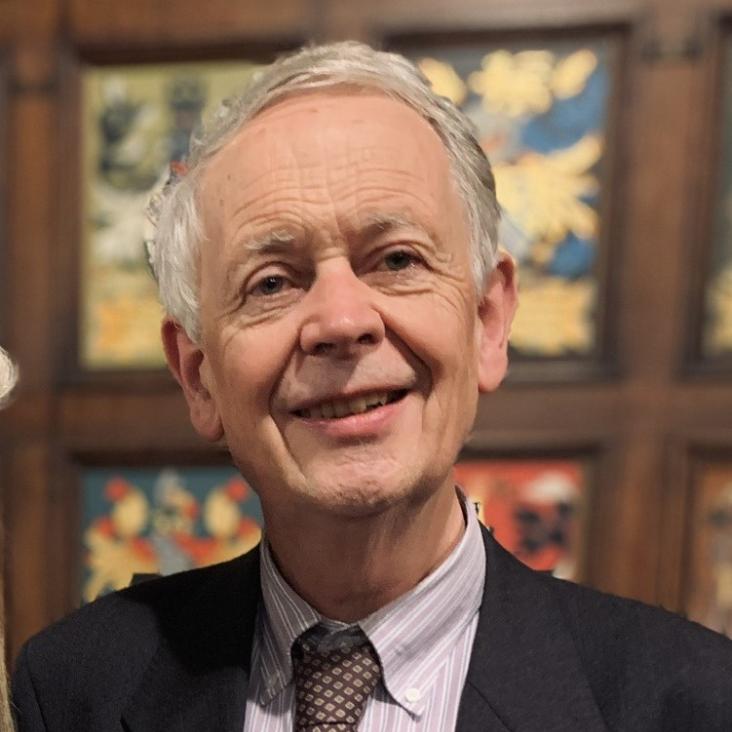Modelling the Galaxy with orbital tori
HIGHLIGHTS OF ASTRONOMY, VOL 15 15 (2010) 194-195
ORIGINS OF THE THICK DISK AS TRACED BY THE ALPHA ELEMENTS OF METAL-POOR GIANT STARS SELECTED FROM RAVE
ASTROPHYSICAL JOURNAL LETTERS 721:2 (2010) L92-L96
THE RAVE SURVEY: RICH IN VERY METAL-POOR STARS
ASTROPHYSICAL JOURNAL LETTERS 724:1 (2010) L104-L108
Local Kinematics and the Local Standard of Rest
ArXiv 0912.3693 (2009)
Abstract:
We re-examine the stellar kinematics of the Solar neighbourhood in terms of the velocity of the Sun with respect to the local standard of rest. We show that the classical determination of its component V_sun in the direction of Galactic rotation via Stroemberg's relation is undermined by the metallicity gradient in the disc, which introduces a correlation between the colour of a group of stars and the radial gradients of its properties. Comparing the local stellar kinematics to a chemodynamical model which accounts for these effects, we obtain (U,V,W)_sun = (11.1 +/- 0.74, 12.24 +/- 0.47, 7.25 +/-0.37) km/s, with additional systematic uncertainties of ~ (1,2,0.5) km/s. In particular, V_sun is 7 km/s larger than previously estimated. The new values of solar motion are extremely insensitive to the metallicity gradient within the disc.Modelling the Galaxy in the era of Gaia
ArXiv 0911.2661 (2009)


